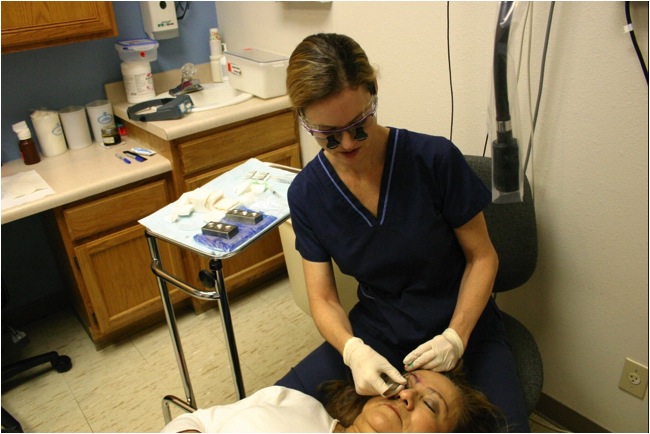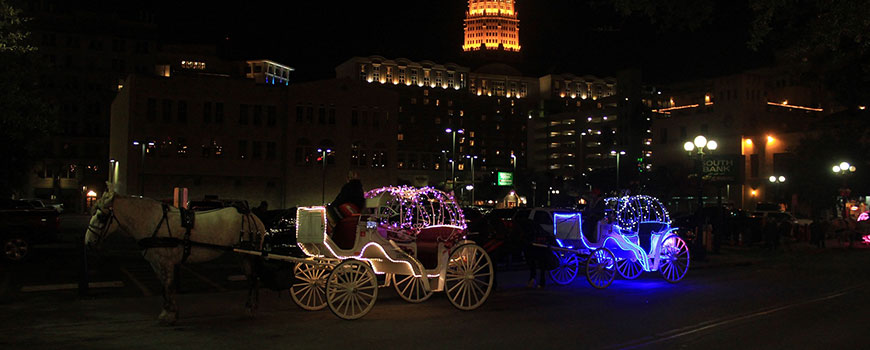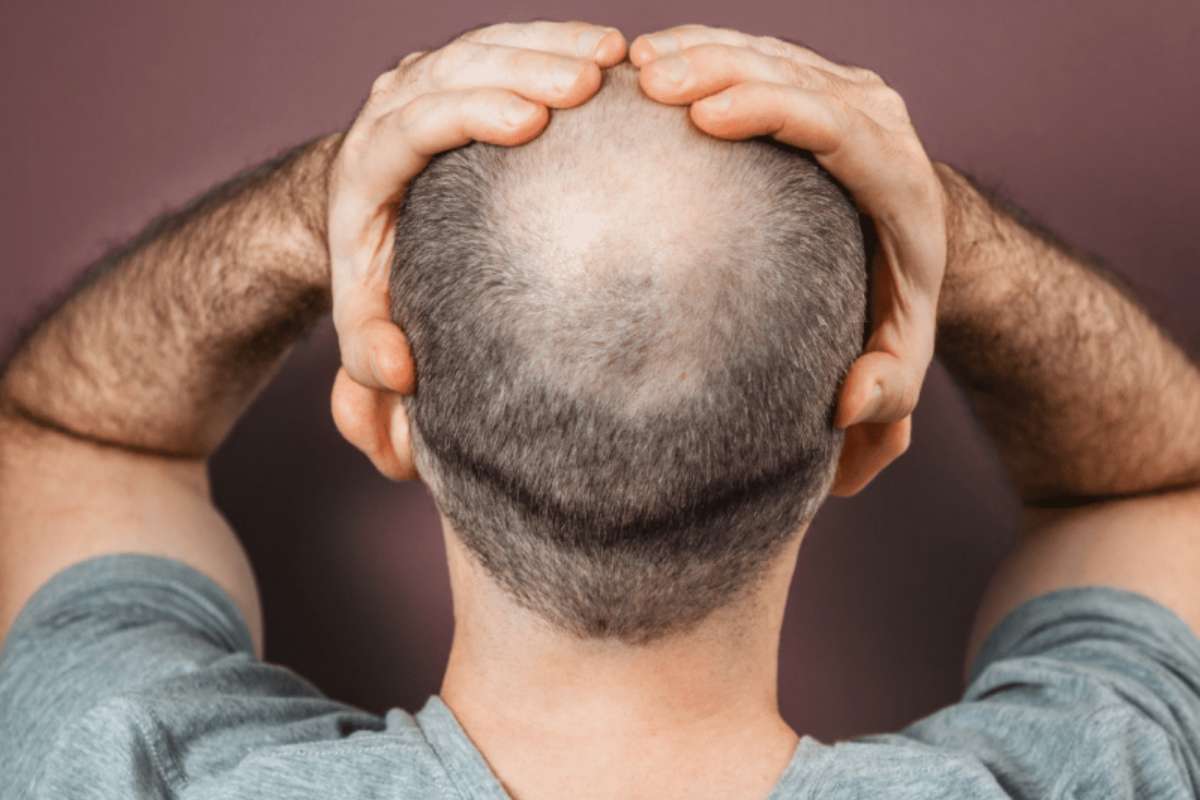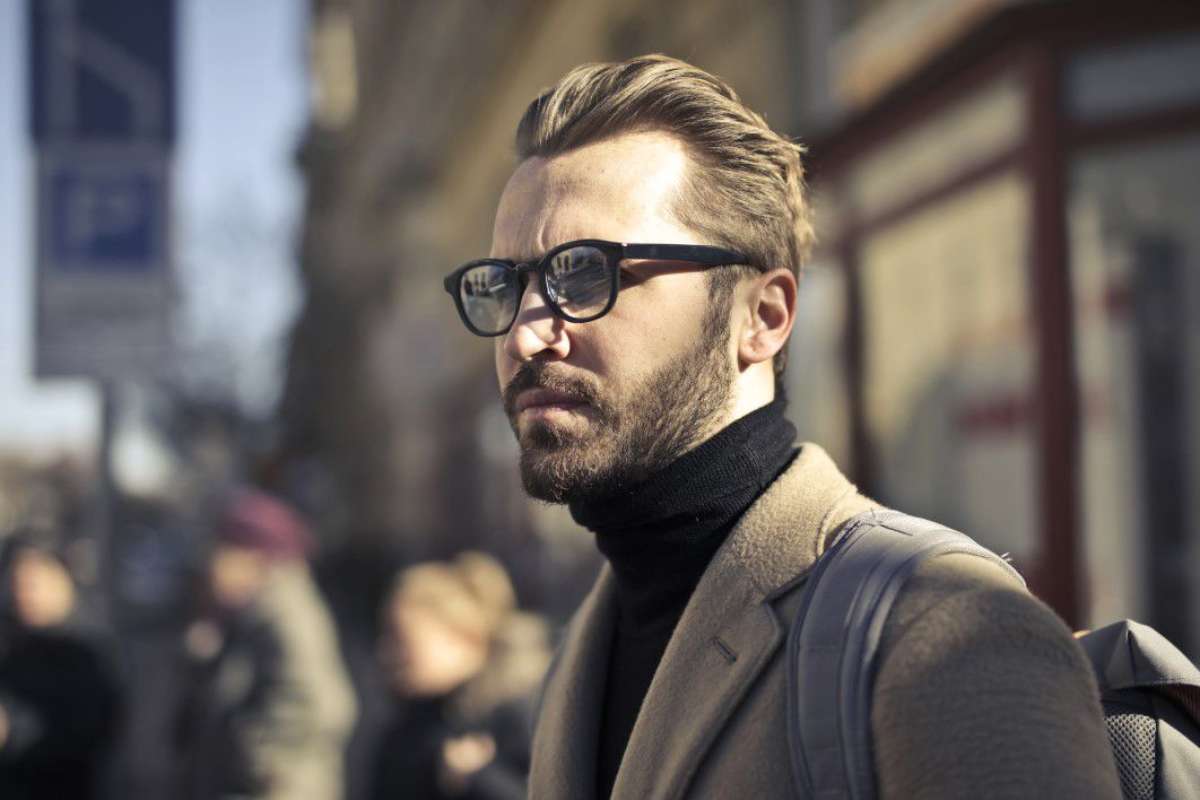About Eyebrow Transplants
If you have lost eyebrows through over-plucking, aging, trauma, or other reasons or you simply would like fuller brows, eyebrow transplantation may be a solution. Scalp hair is used for donor hair and provides a very good texture match. The hairs on the eyebrows and face tend to grow more sparsely than scalp hair and are typically single hairs, so the grafts are carefully dissected and planted to provide the best cosmetic match to these hair-bearing areas.
Eyebrow Transplant Recovery
 Post-op care of the eyebrows differs slightly from scalp transplants. The donor area is much smaller, so the recovery is not as painful, but swelling and bruising of the eyelids is quite common. Triple antibiotic ointment (Neosporin) or Vaseline are used during the initial healing phase. Later, we recommend “training” your eyebrows as they start to grow in. Although meticulous care is taken as each hair is placed, the transplanted hair can have a mind of its own and may initially grow a little out of place. Using a firm gel as you groom your new eyebrows can help.
Post-op care of the eyebrows differs slightly from scalp transplants. The donor area is much smaller, so the recovery is not as painful, but swelling and bruising of the eyelids is quite common. Triple antibiotic ointment (Neosporin) or Vaseline are used during the initial healing phase. Later, we recommend “training” your eyebrows as they start to grow in. Although meticulous care is taken as each hair is placed, the transplanted hair can have a mind of its own and may initially grow a little out of place. Using a firm gel as you groom your new eyebrows can help.
Because of the nature of the eyebrows and the attention we give to the arch, the angle, and curve of each hair, eyebrow cases are also slower than scalp. It can take up to 6 hours for an eyebrow transplant procedure. Like scalp hair, the hairs will go through the usual shedding phase (dormant phase) and then regrow around month 3-6. Many patients will choose to have a touch up procedure between month 6 and 12 in order to achieve the full volume desired.
Facial Hair Transplants
This technique can also be used to recreate lost or sparse beards and mustaches. Contact our office in San Antonio, Texas, to learn more!
Scalp scars from surgery, radiation, trauma, or other cosmetic procedures can also be improved or camouflaged with transplanted hairs.









